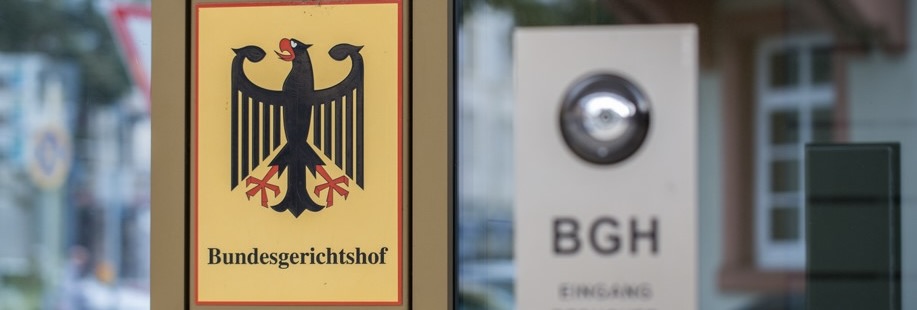
Latest News
FCJ, Judgment dated 15 March 2022, X ZR 18/20 – Fahrerlose Transporteinrichtung: Delay in the nullity appeal
In its judgement of 15 March 2022, the Federal Court of Justice (FCJ) had to decide whether the patent proprietor had filed the ultimately decisive auxiliary request late. It was eagerly awaited whether the FCJ would follow the considerably stricter line of the European Patent Office or stick to its rather generous line.
I. Facts
The plaintiff had brought an nullity action against the patent in suit.
The Federal Patent Court came to the preliminary conclusion with the qualified notification that the patent in suit was patentable. Thereupon, the plaintiff filed further submissions (inter alia D19) and discussed them extensively. The patent proprietor responded for the first time with two auxiliary requests and extensively addressed the plaintiff’s new submissions. However, the patent proprietor did not address the decisive aspect in the appeal proceedings.
The Federal Patent Court upheld the patent in suit to a limited extent. The patent proprietor appealed against this decision.
In the grounds for appeal, the patent proprietor filed further auxiliary requests (inter alia B1). Only in a further statement did it file the ultimately decisive auxiliary request B6, which provided for only minor amendments to the auxiliary request (B1). Both auxiliary requests referred to a later decisive aspect, on which the invalidity plaintiff subsequently commented in writing and orally.
II. DECISION
In its decision of 15 March 2022, the Federal Court of Justice ruled that the decisive auxiliary request B6 meets the requirements of Section 116 Patent Act.
Relevant pursuant to § 116 para. 2 No. 1 Patent Act, according to the case law of the Federal Court of Justice, a further auxiliary request in the appellate instance is only valid if the patent proprietor was not induced to file this specific auxiliary request in the first instance.
The Federal Court of Justice did not consider the patent proprietor to have been induced to do so. Accordingly, the patent proprietor was not prompted to file the specific auxiliary request B6 in the first instance, neither by the qualified notification nor by the further objections of the plaintiff. The Federal Court of Justice justified the latter by stating that the decisive aspect in the appeal proceedings had not yet been addressed in the first instance. For the patent proprietor, it was not foreseeable that this specific aspect would be decisive later on account of the numerous further objections filed after the qualified notification and the scope of the plaintiff’s submissions.
Furthermore, the Federal Court of Justice did not consider auxiliary request B6 to be out of time. According to the reasoning, the patent proprietor was prompted to file auxiliary request B6 with the Grounds for Appeal. The Federal Court of Justice justified this by stating that the patent proprietor had already addressed the later relevant aspect in the Grounds for Appeal and had already addressed it in the auxiliary request B1. Moreover, it could have recognised that auxiliary request B1 might not be sufficient to overcome the prior art under discussion.
However, due to the prior discussion of the content and the only minor amendment of the auxiliary application, there was no reason to worry about a delay of the appeal proceedings after the decision, so that the requirements for a delay did not exist.
III. SUBSUMPTION
With this decision, the FCJ did not follow the strict line of the European Patent Office with the new Rules of Procedure of the Boards of Appeal (RPBA 2020). According to Art. 13 RPBA (2020), the patent proprietor must sufficiently excuse a late filing of an auxiliary request in the appeal proceedings. Whether a delay has occurred due to the later filing is irrelevant. Moreover, the boards of appeal apply the lateness provisions of Art. 13 RPBA (2020) extremely consistently. For German nullity proceedings, the FCJ has redefined the rules on lateness in the present judgment. However, due to the open wording of Sec. 116 (2) Patent Act, the Federal Court of Justice has leeway in any case to shape Sec. 116 2) Patent Act with further case law, depending on the individual case.
Carsten Plaga
